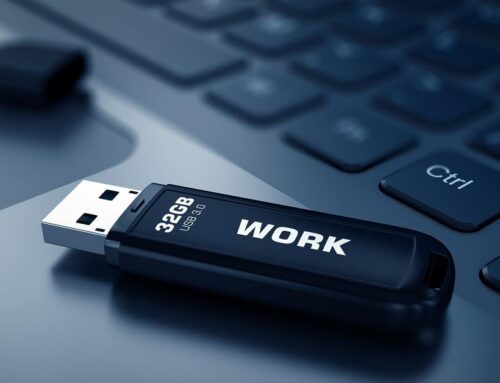In today’s corporate environments, where digital connectivity is paramount, secure and stable network connections are vital. The slightest disruption can lead to significant operational hiccups, whether it’s an innocent mistake or a malicious act. Let’s explore the risks associated with accidental or intentional LAN cable disconnections and provide effective solutions to safeguard your network.
The Problem: Accidental or Malicious Disconnection
Common Scenarios
LAN cables can get disconnected for various reasons. An employee might accidentally trip over a cable, or someone might unplug a cable without realizing its importance. In more severe cases, malicious actors could intentionally disrupt network connections to cause chaos or steal data.
Immediate and Long-term Effects
When a LAN cable gets disconnected, the network experiences an immediate impact – loss of connectivity. This disrupts communication, halts data transfers, and can bring business operations to a standstill. Long-term effects can include corrupted files, lost data, and even compromised security protocols, making it easier for future breaches to occur.
The Ramifications
Potential Consequences
The consequences of accidental or malicious LAN disconnections are far-reaching. Businesses can face:
- Data Loss: Unsaved data can be lost if connections are severed abruptly.
- Operational Downtime: Disconnected networks halt workflows, leading to productivity losses.
- Security Breaches: Unauthorized disconnections can be a precursor to more severe security attacks.
- Financial Loss: Downtime and data recovery efforts incur significant costs.
Consider, for instance, a financial firm that experiences a major security breach because of a malicious actor unplugged a LAN cable to install a rogue device, compromising sensitive data and causing millions in losses. Such an instance highlights the critical nature of securing network connections.
Solutions and Best Practices
Preventive Measures
To guard against LAN cable disconnections, consider implementing the following preventive measures:
- Smart Keeper LAN Cable Grip: The Smart Keeper LAN Cable Grip is an effective tool designed to lock cables securely in place, preventing accidental or unauthorized disconnections.
- Regular Audits: Conduct routine network audits to identify and secure vulnerable ports and connections. This proactive approach helps in maintaining network integrity.
- Network Monitoring: Implement advanced network monitoring tools to detect unusual activities or unauthorized disconnections. Real-time alerts enable quick responses to potential threats.
Industry experts recommend combining physical security measures with robust digital protocols. Securing physical connections is as crucial as safeguarding digital data. Regular audits and advanced monitoring tools create a multi-layered defense against disconnections and breaches.”
Future-Proofing Your Network
Planning for Resilience
Network resilience is essential for minimizing the impact of accidental disconnections and adapting to future technological advancements. Consider the following steps:
- Invest in Quality Hardware: Use high-quality cables and connectors that are less prone to wear and tear and invest in the Smart Keeper LAN Cable Grip.
- Adopt Redundant Systems: Implement redundant network paths to ensure continuous connectivity, even if one path fails.
- Stay Updated: Keep abreast of the latest developments in network security and incorporate them into your infrastructure.
Securing LAN connections is not just about preventing inconvenience; it’s about safeguarding your business’s operational integrity and data security. By implementing preventive measures such as the Smart Keeper LAN Cable Grip, conducting regular audits, and using advanced monitoring tools, you can protect your network from accidental and malicious disconnections.









